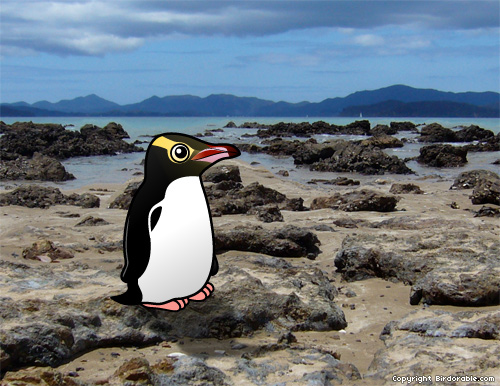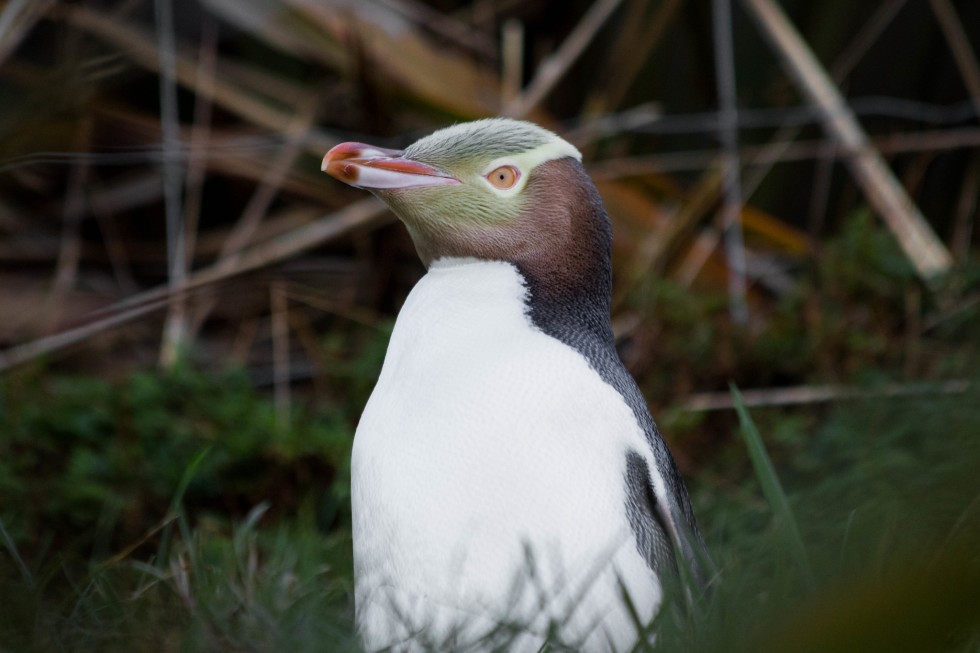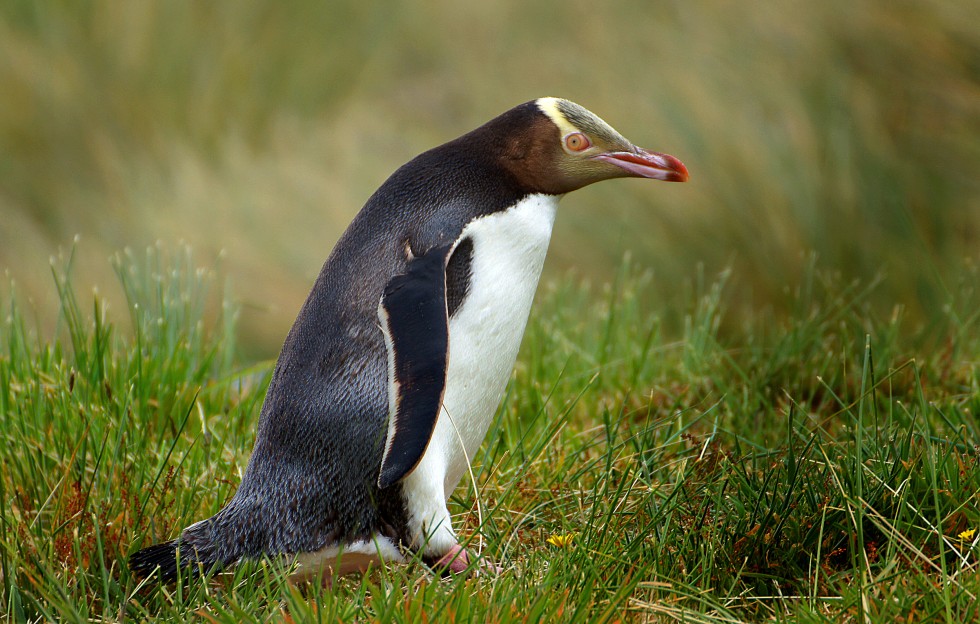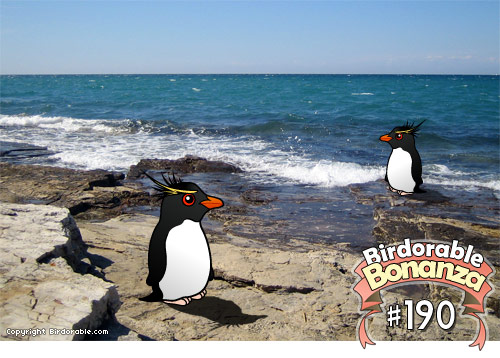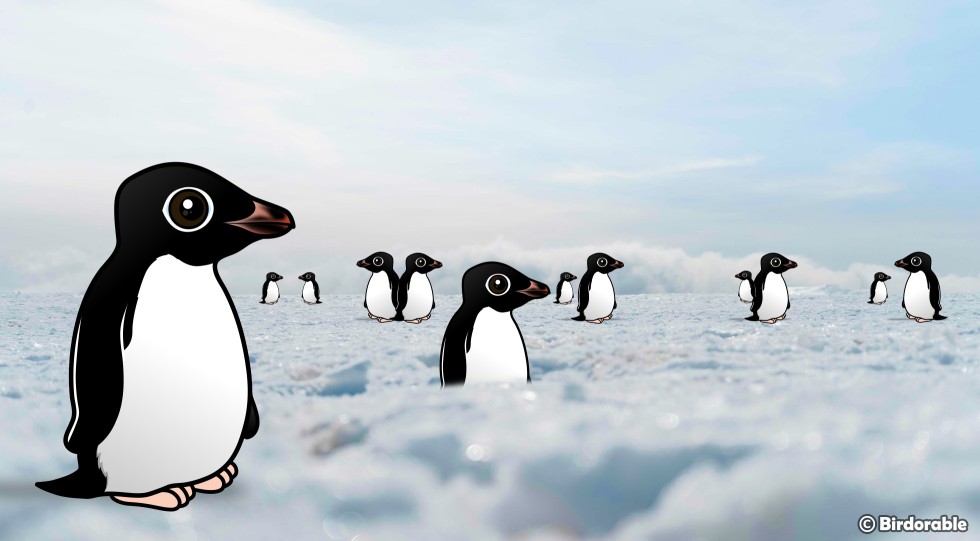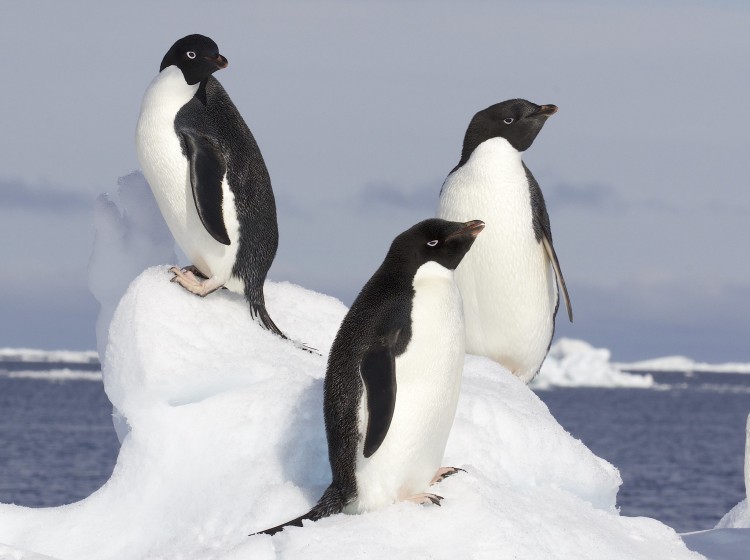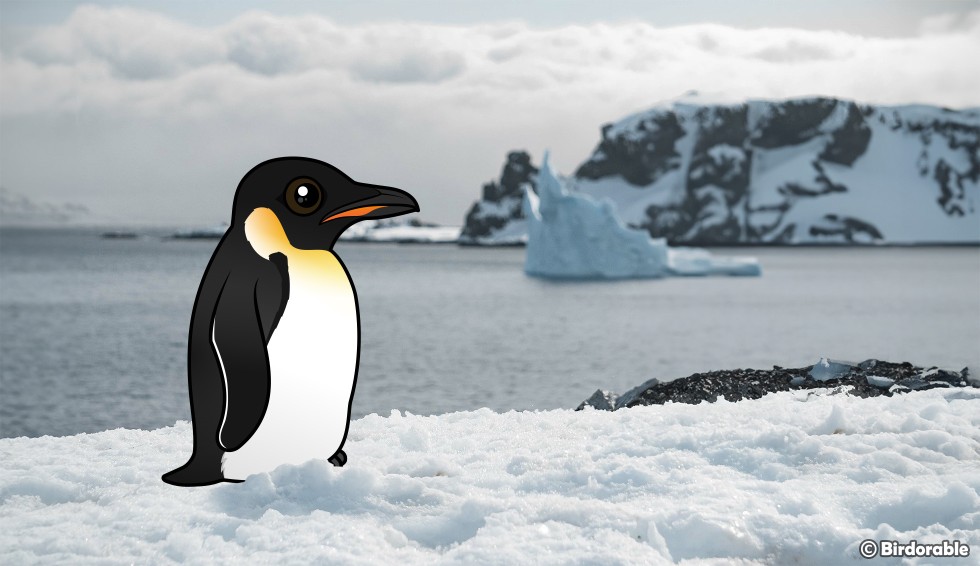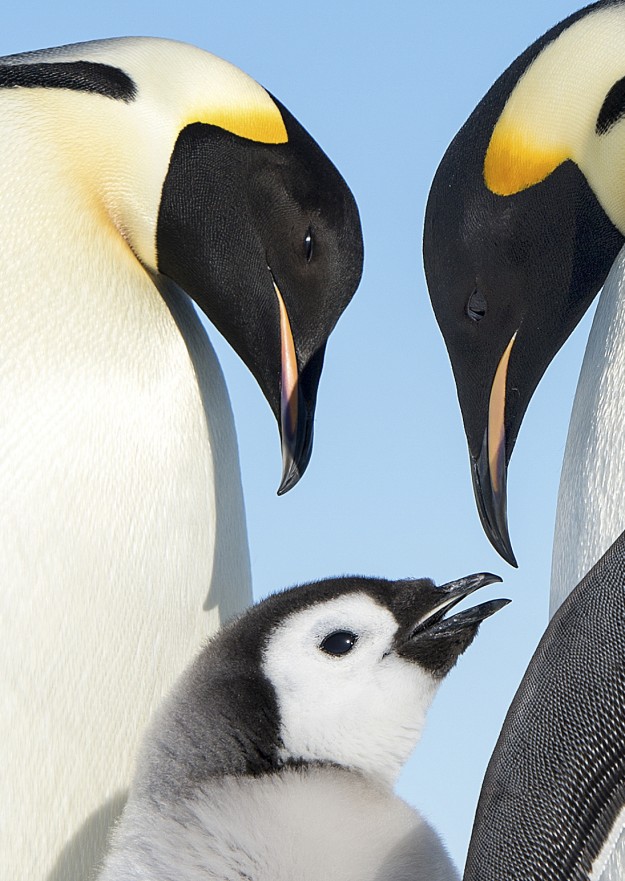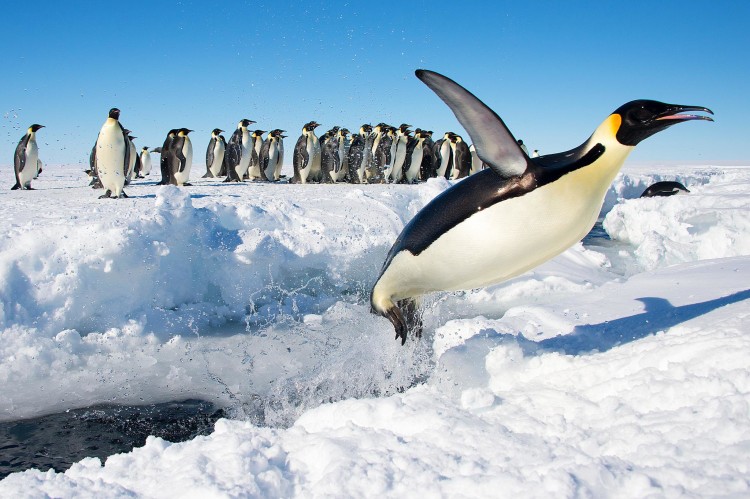Check out this beautiful tree put together by Peter, a Boy Scout in Utah. Peter's tree is totally bird themed, from the birdy ornaments hanging from the boughs to the Cardinal tree-topper and the awesome spread of birder goodies under the tree! I see birdhouses, bird field guides, even a spotting scope! And I hear there are a few Birdorable ornaments on the tree, too.

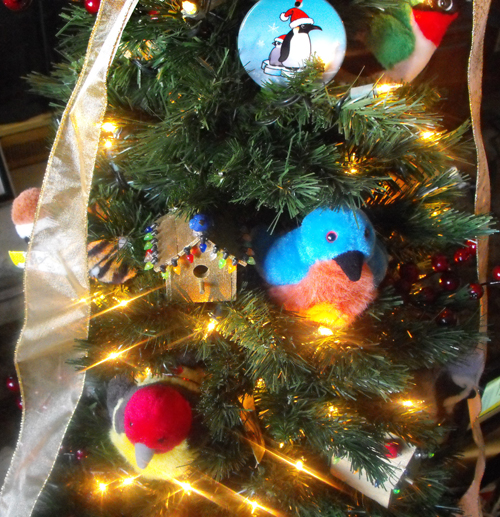
Peter's tree is now showing at the Festival of Trees in Sandy, Utah. The festival runs through December 5th and includes more than 800 decorated trees. The show benefits the Primary Children's Medical Center in Salt Lake City. Thanks for sharing photos of your cool Birdwatcher Tree with us, Peter!


